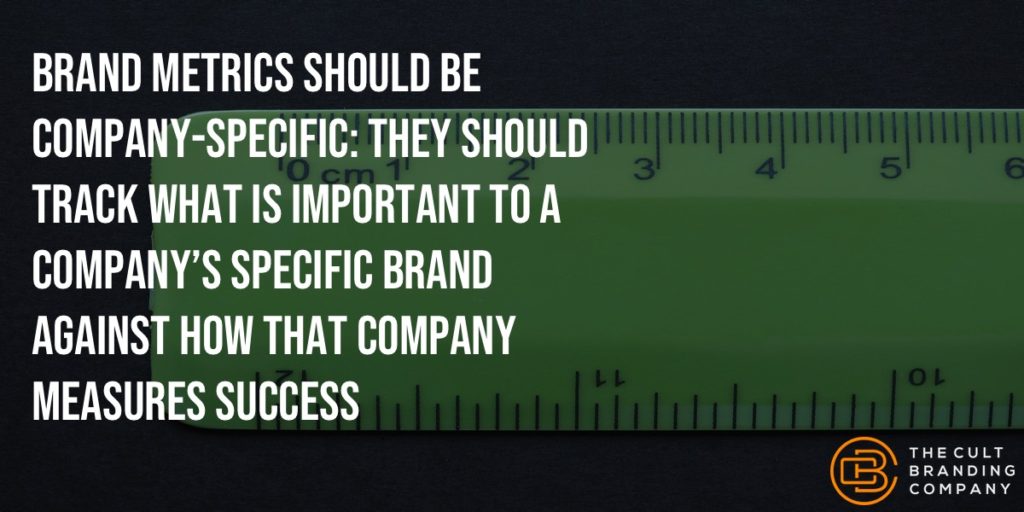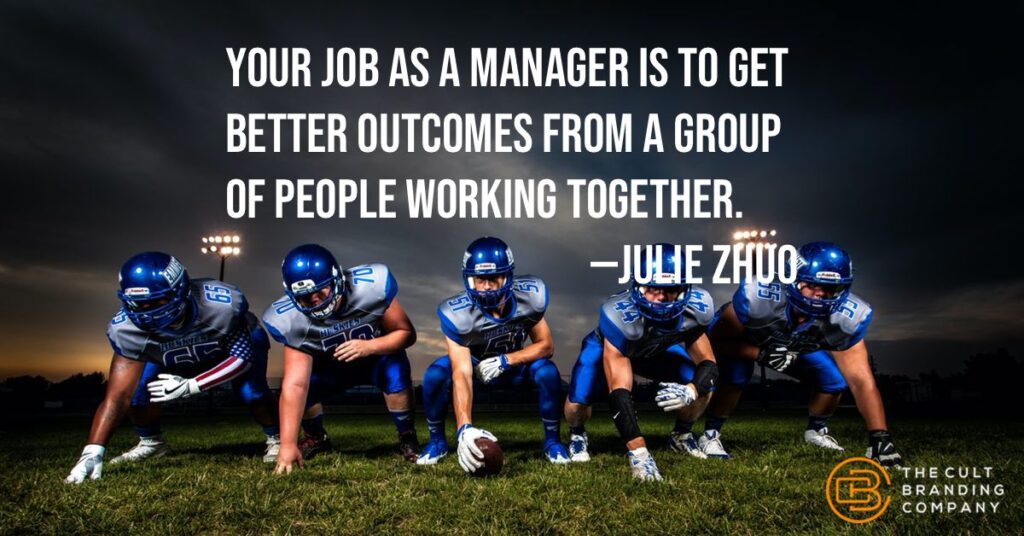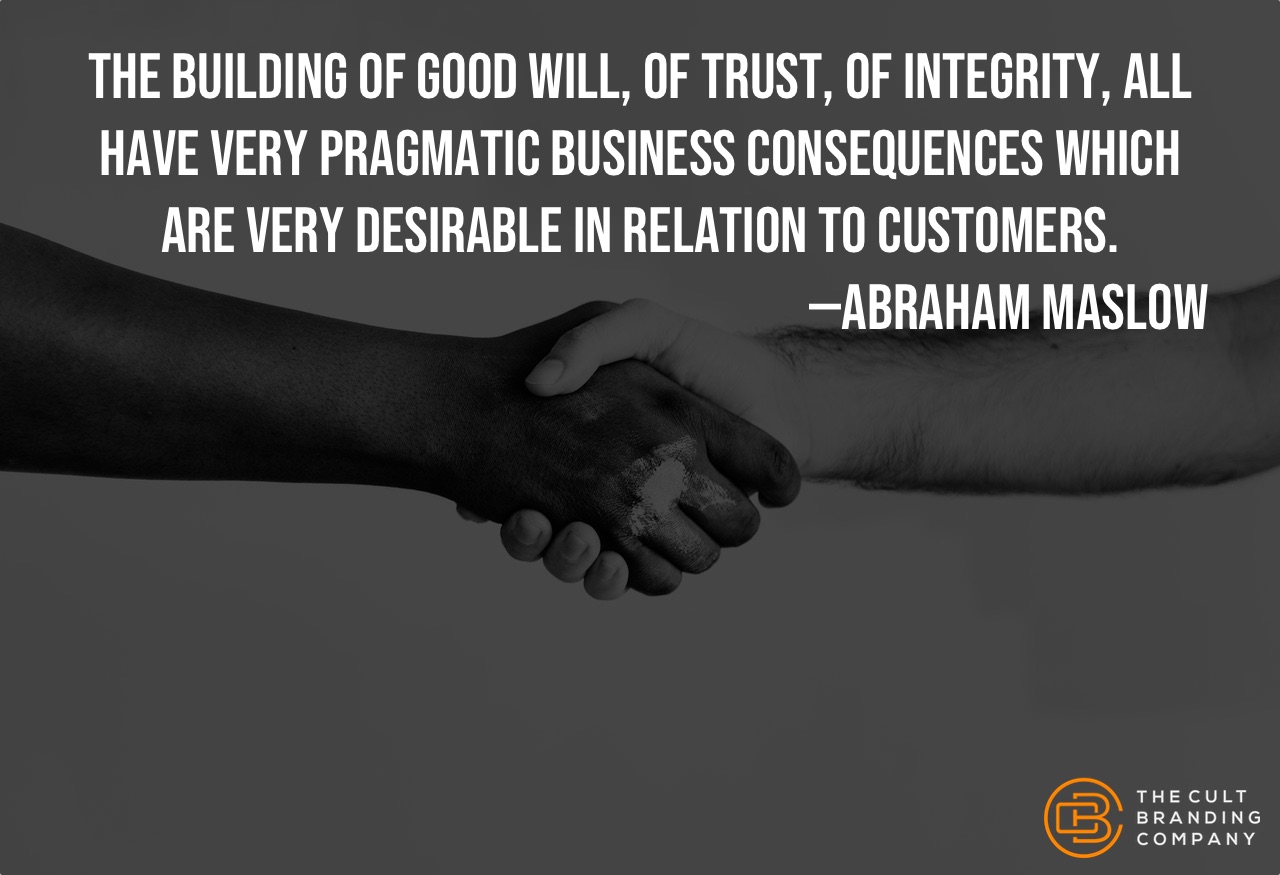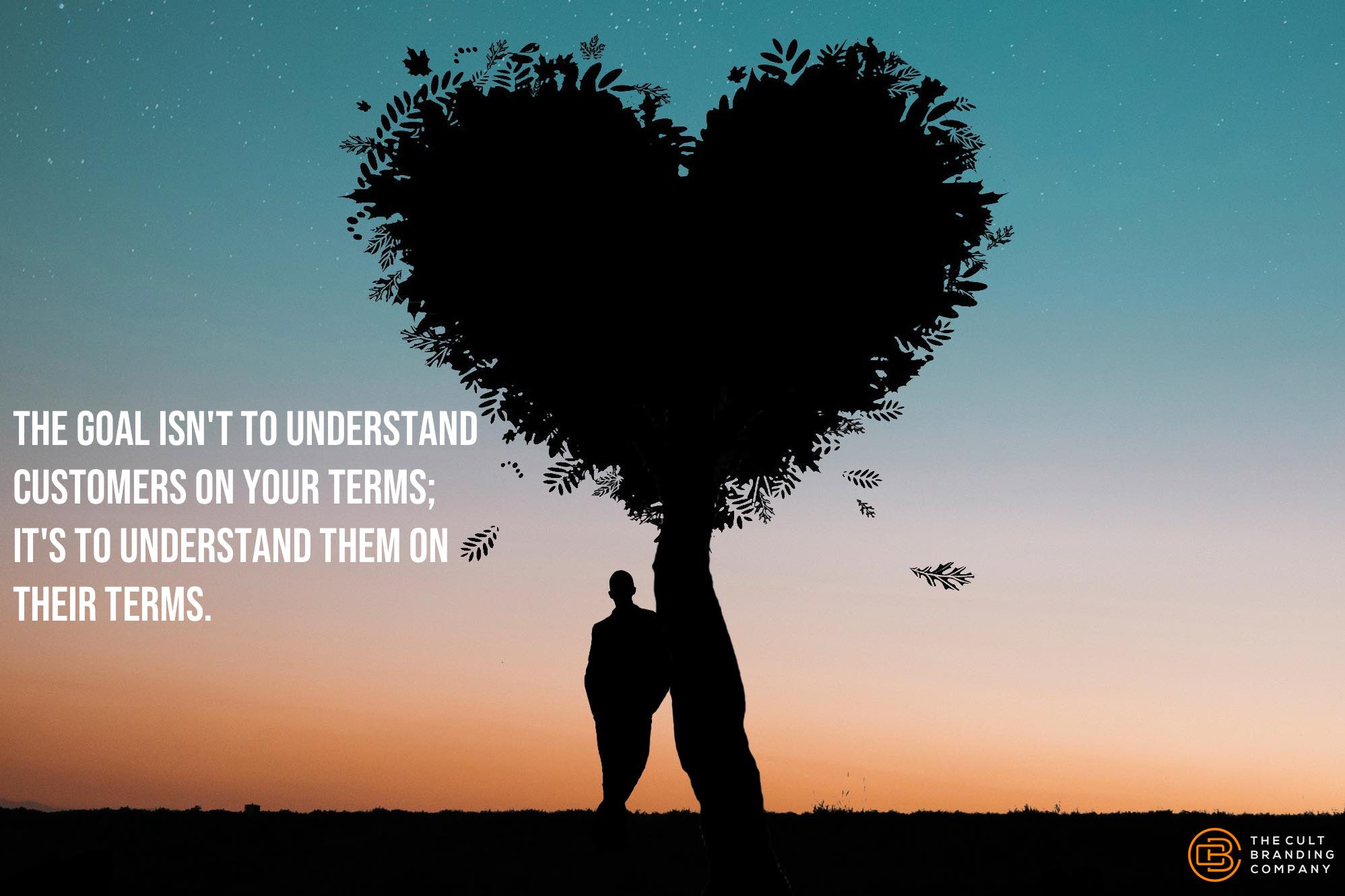When a measure becomes a target, it ceases to be a good measure.Marilyn Strathern, “Improving Ratings” in European Review
In the face of the current complex business environment, most businesses strive to seek the simplified so that they can gain clarity and make effective decisions quickly.
It’s this desire that has produced flawed metrics like the Net Promoter Score (NPS)—a single measure that supposedly predicts business growth.[1. Frederick F. Reichheld, "The One Number You Need to Grow," Harvard Business Review, 2003.] Despite the desire, there is no holy grail metric: The original NPS study only verified past behavior, despite claims of being able to predict future behavior; and, there is enough evidence that should make any company hesitant to use it as an indicator.[2. Byron Sharp, "Net Promoter Score (NPS) Does Not Predict Growth—it’s fake science,” Marketing Science, 2008.][3. Timothy L. Kennington, Bruce Cooil, Tor Wallin Andreassen, and Lerzan Aksoy, "A Longitudinal Examination of Net Promoter and Firm Revenue Growth,” Journal of Marketing, 2007.][4. Evert de Haan, Peter C. Verhoel, and Thorston Wiesel, “The predictive ability of different customer feedback metrics for retention," International Journal of Research in Marketing, 2015.]




 Do you know what motivates your customers to buy from you?
Do you know why they choose one brand over another?
Do you know what drives one customer to become loyal while many others do not?
These are important questions, the answers to which will inform virtually everything your organization does.
Do you know what motivates your customers to buy from you?
Do you know why they choose one brand over another?
Do you know what drives one customer to become loyal while many others do not?
These are important questions, the answers to which will inform virtually everything your organization does.




 Your memories are not created through your experiences, rather they are created through the stories you tell yourself and others about those experiences.
Joshua Medcalf, Chop Wood Carry Water
Your memories are not created through your experiences, rather they are created through the stories you tell yourself and others about those experiences.
Joshua Medcalf, Chop Wood Carry Water And he [Carl Jung] pretended, or told it in a way, as if she really had been on the moon and it had happened. And I was very rationalistically trained from school so I said indignantly, “But she imagined to be on the moon, or she dreamt it, but she wasn’t on the moon.” And he looked at me earnestly and said, “Yes she was on the moon.” Marie Louise von Franz, Matter of Heart
And he [Carl Jung] pretended, or told it in a way, as if she really had been on the moon and it had happened. And I was very rationalistically trained from school so I said indignantly, “But she imagined to be on the moon, or she dreamt it, but she wasn’t on the moon.” And he looked at me earnestly and said, “Yes she was on the moon.” Marie Louise von Franz, Matter of Heart